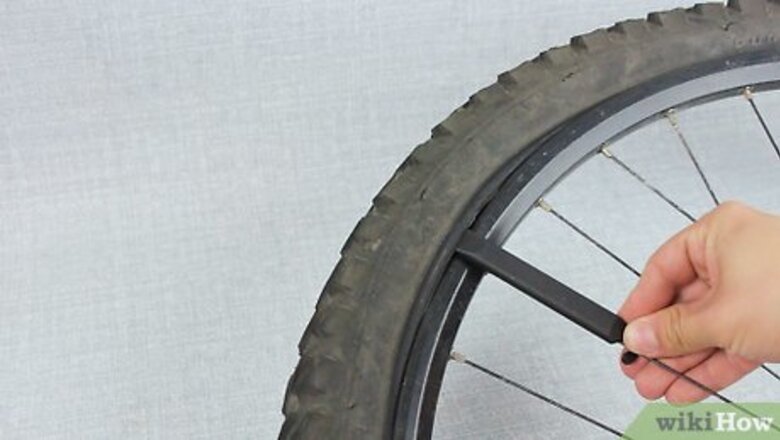
views
Finding the Puncture
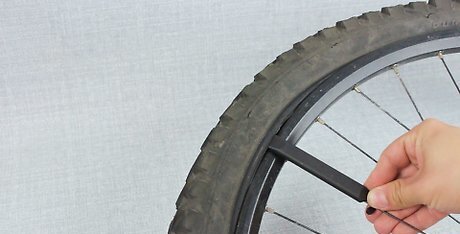
Take the tire and tube off the wheel. Remove the wheel by unfastening the handle holding the axle in place. Then, use a tire lever to get the tire off. Insert the lever between the tire and the rim and work it around. When the tire comes off, pull the tube out. It may be easier to remove the tube if you let all of the air out. If you're dealing with the rear tire, put slack in the chain by shifting into the smallest set of gears. Loosen the quick release or unscrew the nut holding the wheel in place as normal. If necessary, use your hands to pull back on the rear derailleur (the "arm" that the chain passes through containing the small pulleys) and/or maneuver the chain out of the way as you remove the wheel.

Remove the object that punctured the tire if it’s still there. If the object is still there, it could re-puncture the tube when you replace it, wasting all your work. Sometimes finding the object is easy, like if a nail is sticking out of the tire. Other times, glass or small rocks get trapped inside the tire, so shake the tire out to get rid of any loose objects. Gently run your fingers along the inside of the tire to free any embedded objects. If you have gloves, put them on to protect your fingers from cuts. Check the surface of the tube as well.
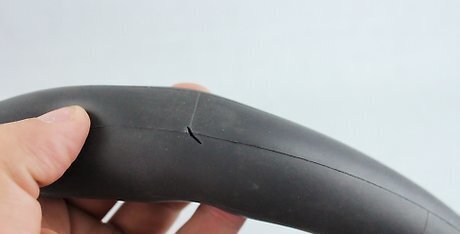
Pump up the tube and look for the hole. Finding the hole is difficult if the tube is deflated. Hook a pump to the tube and fill it with air. Then do a visual check for the hole. If the hole is large, it should be easy to see. Check along the entire surface of the tube for obvious holes. Don’t stop looking when you find the first hole. If an object got inside the tire, it could leave multiple holes, so be sure to check the entire tube. If the tube has severe damage like multiple holes (especially along the rim), tears or holes larger than ⁄4 in (0.64 cm), or air leakage even after patching (like from the valve stem), replace the tire and tube rather than patch it. Tubes that have serious damage may not stay inflated long enough with the patch to make using it worth it, making full-on replacement a better choice.
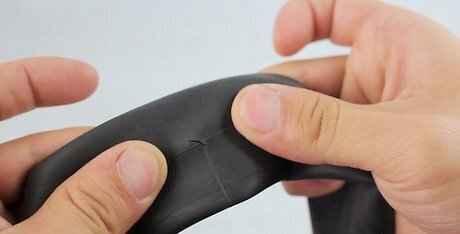
Listen for air escaping if you can’t see the hole. If the hole is too small to see with a visual check, bring the tube up to your ear. Give it a light squeeze to force the air out, and listen for a “seeping” sound to hear where it escapes from. Then, use these signs to locate the hole. You still might not be able to pinpoint the hole, even if you hear the seeping sound. Use the water method to find its exact location.
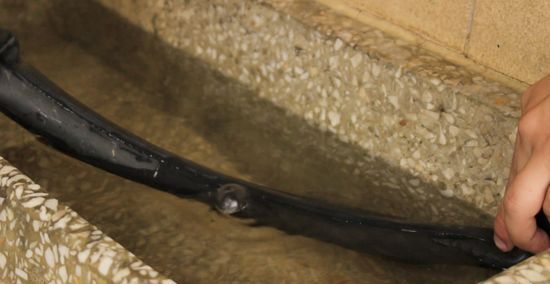
Dunk the tube into a filled sink to see where bubbles come up from. If you still can’t find the hole, fill a sink with water and place the tube inside. Squeeze it so air escapes, and then check where bubbles rise up from. When you see the bubbles, you have an exact location for the hole. This trick is useful if you know roughly where the hole is but can’t pinpoint it. The bubbles give you an exact location. This won’t be possible if you get a flat tire while out biking, so try your best to listen for escaping air in that case.
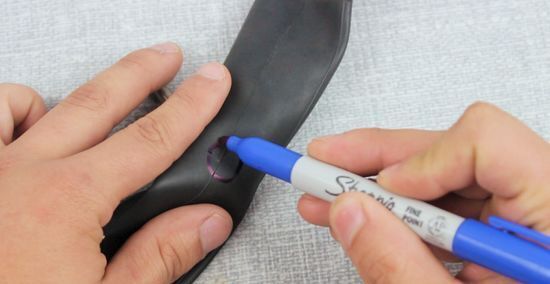
Mark the hole so you don’t lose it. If you're dealing with a small hole, it can be hard to see, so making a mark on the tube will make it easier to find the area you need to repair again. Some patch kits come with a piece of chalk, so use this and draw a circle around the hole. Otherwise, use a marker. Don’t use a pen or pencil. These could make another hole in the tube.
Patching the Hole
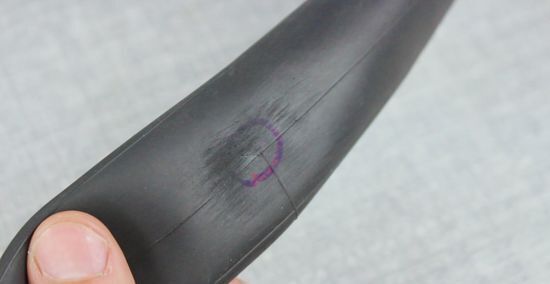
Sand the rubber around the hole to help the glue adhere. Most patch kits come with a small piece of sandpaper to rough up the rubber and provide more surface area for the glue to bond to. Take the sandpaper and lightly rub it around the hole. Stop when the rubber changes color slightly. If your patch kit doesn’t come with sandpaper, then use a coarse-grain sandpaper around 100-grit.

Apply patching glue with your finger. Squeeze a dab of patching glue on your finger and rub it around the hole. Apply a section that’s roughly the same size as the patch you’re using. Don’t use too much glue or the tube could stick to the inside of the tire when you put them both back on the wheel. The glue rubs off of skin when it dries. If it doesn’t come off, wash your hands with soap and warm water.
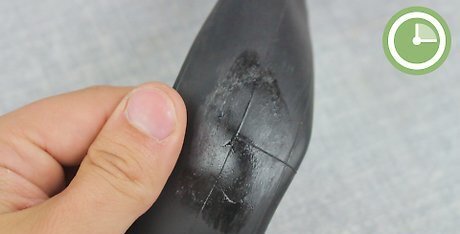
Let the glue sit for 30-60 seconds. Once the glue hits the air, it gets tacky and stickier. It reaches its peak stickiness after about a minute, so let the glue sit for that amount of time before placing the patch down. Otherwise it won’t stick as well.
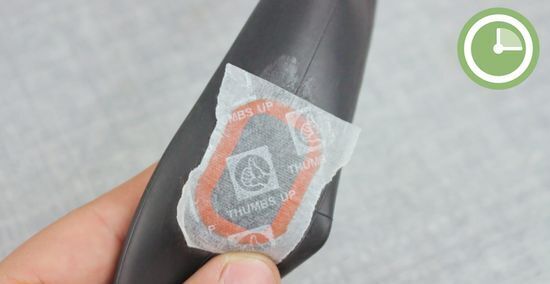
Press the patch onto the hole. Remove the foil on the back of the patch like a sticker. Align the patch so its center is directly over the hole, then press it down. Hold the patch for 1 minute so it adheres to the glue. Be careful not to get the back of the patch dirty. Any dirt or debris will prevent a tight seal.
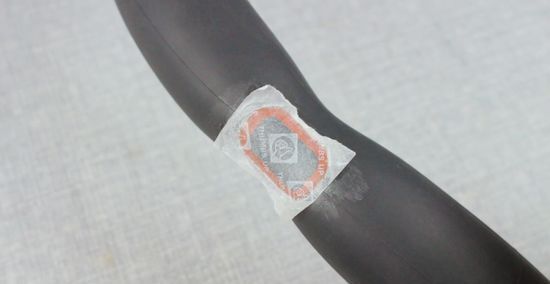
Inflate the tube to make sure the seal is tight. Connect the tube to the pump and re-inflate it. Listen around the patch for any air escaping. If you don’t hear any seeping sounds, then the seal is tight enough. For another test, submerge the tube in a full sink and check if you see any air bubbles. If not, then the seal is tight.
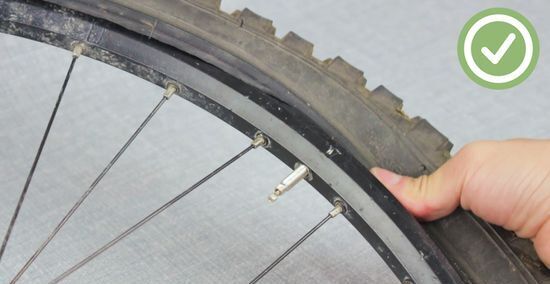
Place the tube and tire back onto the wheel. First, tuck the tube into the tire. Then check the tire for any arrows indicating which direction it should be installed in. Insert the valve plug straight through the hole on the wheel. Work around the wheel and press the tire into the beads on the wheel. Then put the wheel back on the bike. Check to make sure no parts of the tube are sticking out from under the tire. If it is, use a tire lever to push it back in. Make sure the valve plug points straight out of the tire. If it’s crooked, it could get damaged.



















Comments
0 comment